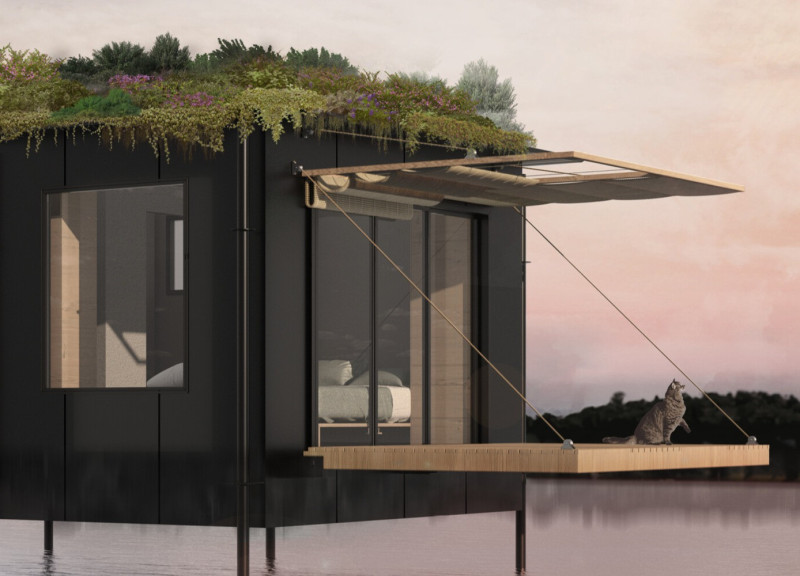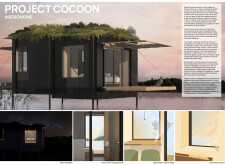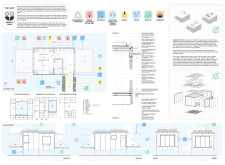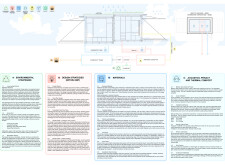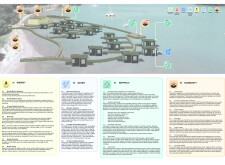5 key facts about this project
### Overview
Located in [Geographical Location], the project is designed to resonate with its surroundings while addressing contemporary architectural needs. The intention is to create a setting that harmonizes with local cultural characteristics and environmental conditions, fostering a dialogue between the structure and its context. This design emphasizes functionality while prioritizing community engagement and sustainable practices.
### Spatial Configuration
The arrangement of spaces within the project facilitates both public interaction and private reflection, promoting a balanced user experience. Incorporating open communal areas, the layout encourages socialization and accessibility, allowing for fluid movement throughout the building. Notable features include a prominent entrance that invites visitors while showcasing a defined interior zoning strategy that adapts to various activities. The outdoor areas are landscaped with indigenous flora, enhancing the building's integration with its environment and supporting local biodiversity.
### Material Selection
The project employs a thoughtful selection of materials that enhance both aesthetic appeal and structural performance. Key materials include:
1. **Concrete** - Utilized for its durability and structural capability, forming the core of the building's framework.
2. **Glass** - High-performance glazing provides natural light and visibility while reinforcing connections to the landscape.
3. **Wood** - Incorporated to introduce warmth and texture, aligning with biophilic design principles.
4. **Steel** - Employed in structural components, facilitating expansive interior spaces with minimal visual interruption.
5. **Brick** - Used both for its thermal properties and to honor regional architectural precedents.
These materials have been chosen not only for their physical attributes but also in consideration of sustainability goals, emphasizing local sourcing and recyclability.


